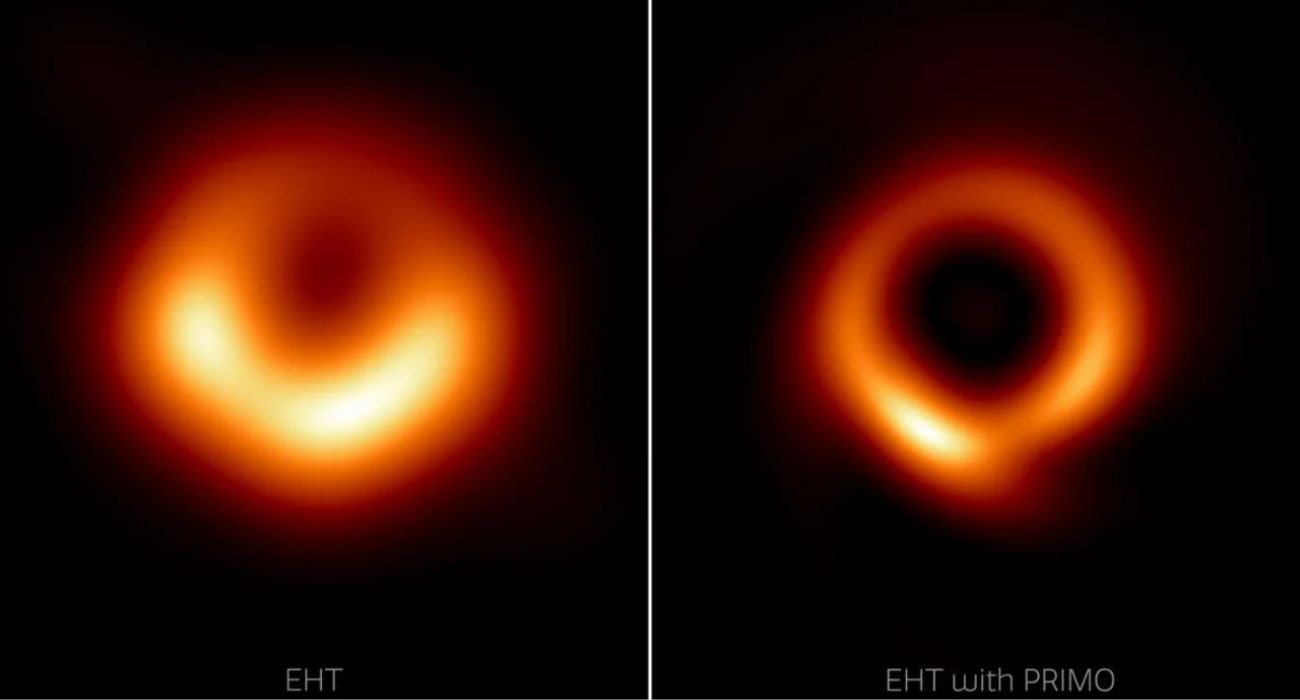A team of scientists on Thursday revealed a much clearer and sharper image of a supermassive black hole that sits 55 million light-years from Earth.
The black hole was named after the galaxy it sits in, the Messier 87, as The Dallas Express previously reported. The first clear visual data of Messier 87 were captured using the Event Horizon Telescope in 2017, and a compilation was revealed to the public last May.
While the image was remarkable for being only the second time visual evidence of a black hole had been captured, it basically just showed a fuzzy black spot at the center of a giant galaxy.
Using the image from 2017, researchers enhanced its fidelity and sharpness using a new machine-learning technique. Their work was published in The Astrophysical Journal Letters in April.
“[We] were able to achieve the maximum resolution of the current array,” explained Lia Medeiros, astrophysicist and the lead author, per NOIR Lab.
The revamped image now shows a much larger and clearer black hole. The orange outer ring also appears to be much narrower than in the original image.
A black hole is a space phenomenon in which an object — typically a dead star — has such a strong gravitational force that no form of matter, not even light, can escape it, per NASA.
“Imagine sucking an elephant through a straw,” Sheperd Doeleman, the founding director of the Event Horizon Telescope, said in a 2022 interview with The Washington Post.
“Since we cannot study black holes up close, the detail in an image plays a critical role in our ability to understand its behavior,” Medeiros explained, per NOIR Lab. “The width of the ring in the image is now smaller by about a factor of two, which will be a powerful constraint for our theoretical models and tests of gravity.”
By using machine learning to fill the gaps in data compiled using telescopes, this new and improved image shows some never-seen-before details of this strange space phenomenon.
This is not the only big story about black holes this month.
Researchers at the University of Texas recently disclosed their findings of what may be the oldest known black hole in the universe, as The Dallas Express reported.
Using the James Webb Space Telescope, they spotted a supermassive black hole they think was around during the “cosmic dawn.” This was a critical period 100 million years after the Big Bang, during which the first galaxies and stars were formed.






